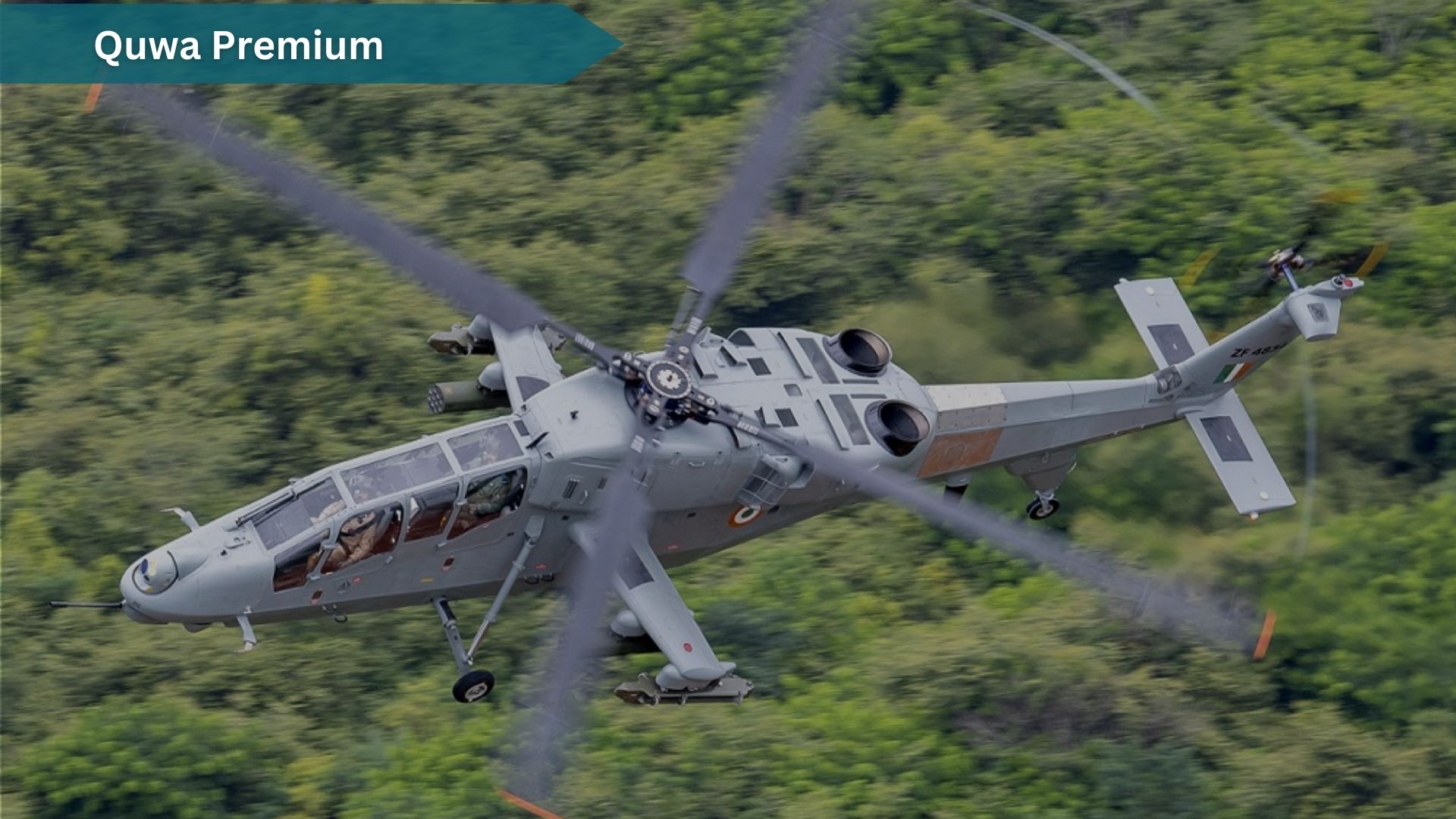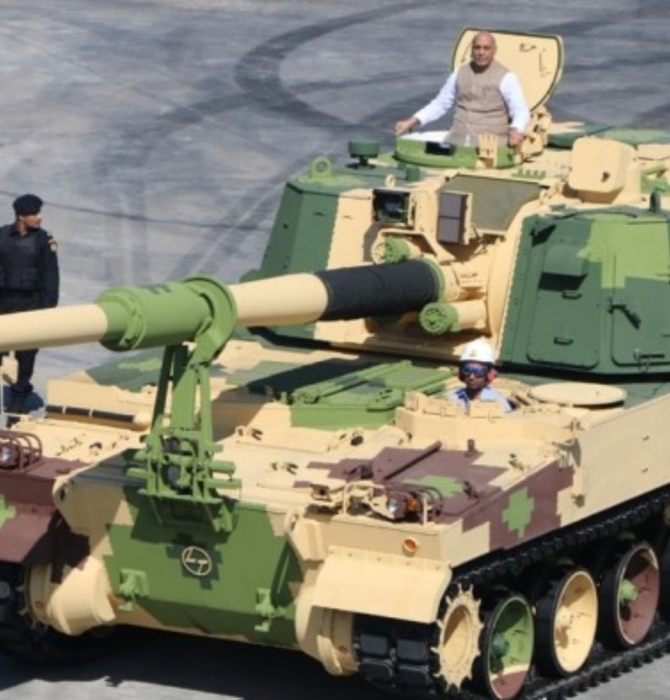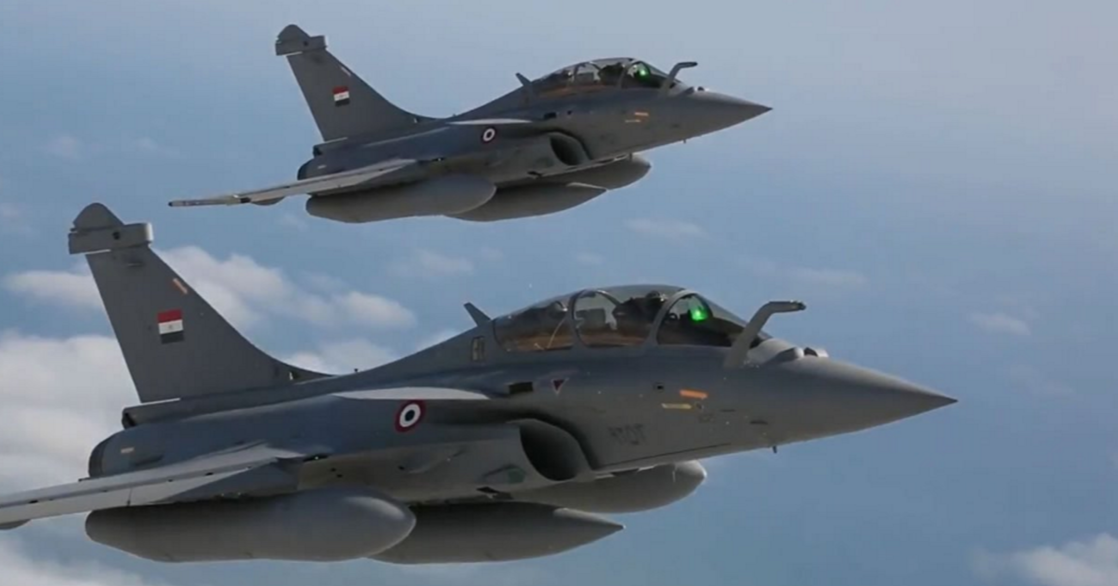10843Views

India Inks $7.3B Deal for 156 Prachand/LCH Attack Helicopters Quwa Premium
On March 28th, the Indian Ministry of Defence (MoD) signed a Rs 62,000 crore (about $7.3 billion USD) deal to procure 156 new Light Combat Helicopters (LCH) – or “Prachand” – attack helicopters from Hindustan Aeronautics Limited (HAL).
Under the contract, 90 Prachand attack helicopters will be allocated to the Indian Army (IA), while the Indian Air Force (IAF) will induct 66 units.
According to the Indian MoD, the first LCH units will be delivered in three years, with the remaining aircraft joining their respective forces in the next five years. In other words, the procurement timeline will span eight years. The Times of India reported that HAL will manufacture 30 LCH attack helicopters per year.
Overview of the HAL Prachand
The HAL Prachand is a tandem-seat attack platform with a maximum take-off weight (MTOW) of 5,800 kg. Powered by two HAL-Safran Ardinen 1H1 Shakti turboshaft engines, each offering a power output of 1,032 kW (1,384 hp).
In terms of performance, the Prachand reportedly has a service ceiling of 21,300 ft, capacity to take-off and land at 16,400 ft, payload of 1,750 kg, range of 700 km with weapons, and endurance of 3 hours and 10 minutes.
It can carry a wide range of munitions, including anti-tank guided missiles (ATGM), laser-guided rockets, and air-to-air missiles, among others. The subsystems suite uses a helmet-mounted display (HMD) system, electro-optical and infrared (EO/IR) turret, and defensive aids suite consisting of radar warning receiver (RWR), laser warning system, and missile approach warning system (MAWS).
The Prachand program draws significantly on India’s indigenous development and manufacturing capacities. Over 250 Indian companies – primarily micro, small, and medium enterprises (MSMEs) – are involved in the program, currently generating at least 45% in domestic inputs today, with plans to increase domestic inputs to 65% in terms of value through the duration of the IA/IAF procurement program.
The Prachand will join the Boeing AH-64E Apache in building out both the IA and IAF’s respective attack helicopter fleets. While the IAF successfully inducted the AH-64E, the IA’s Apache program was pushed from 2024 to summer 2025.
History of the HAL LCH Program
The origins of the LCH date back to the Kargil War with Pakistan in 1999, when the Indian military found that its main combat helicopter at the time – i.e., the Russian Mi-25 – was not a suitable dedicated rotary attack platform. Moreover, India lacked a suitable close air support (CAS) system for high-altitude operations, which were – and continue to be – key focal points of its security interests vis-a-vis both Pakistan and China via Kashmir and Ladakh, respectively.
To fill these capability gaps, the Indian government greenlit the development of the LCH in 2006. The goal was to secure a versatile indigenous platform that was both optimized for high-altitude operations and suitable for other environments.
HAL rolled out the first LCH prototype in 2010, leveraging its prior experience and technology inputs of the Dhruv utility helicopter. HAL designed the LCH around a narrow tandem-seat design aimed at reducing its observability on radar while also ensuring it could carry a credible weapons payload.
The LCH underwent extensive testing, especially in harsh high-altitude areas like Siachin and others. The IAF formally inducted the LCH in October 2022, granting the helicopter its formal operational name, “Prachand.” Shortly after, the Prachand then underwent a limited production run of 15 units, with the IAF and IA receiving 10 and 5 helicopters, respectively.
Growth of India’s Defence Industry
With General Electric (GE) starting deliveries of the F404-IN20 turbofan engines to India and, in turn, enabling HAL to resume full-scale production of the Tejas Mk1, and the Prachand orders, India’s defence industry is gaining momentum.
In effect, India is now among a handful of countries to manufacture its own multirole fighter, dedicated attack helicopter, and utility/transport helicopters, and that too of its own indigenous design and through significant use of local inputs.
The growth trajectory reflects two key aspects of interest to the wider industry:
First, Indian producers – from giants like HAL to the hundreds of MSMEs supporting it – can manufacture complex, high-value inputs. In other words, Indian MSMEs can potentially factor into the supply chains of other manufacturers. This could be a key avenue to European producers that want to source ITAR-free inputs. Or, in another sense, the spread of Indian inputs could help India maintain indirect controls over a large swath of off-the-shelf weapons and, in turn, deny them to Pakistan.
Second, foreign vendors that integrate into India’s supply chain, especially in terms of engines, are poised to benefit from a high-volume, long-term order run.
Impact on South Asia
From Pakistan’s perspective, the scale and significance of India’s attack helicopter program cannot be understated. By the mid-2030s, the IA and IAF could be poised to operate a total of nearly 200 dedicated, high-capability attack helicopters.
End of excerpt (809/1,913 words).
Existing Quwa Premium members can log in below
Note: Logged in members may need to refresh the article page to see the article.


